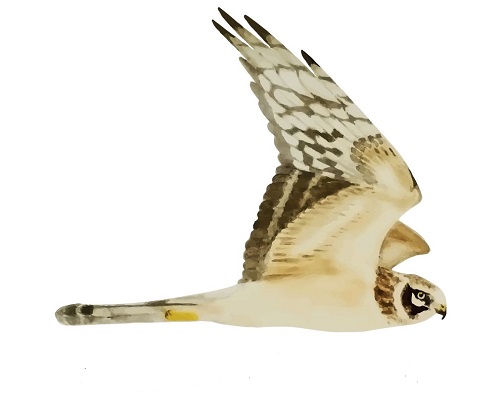Her på Skagen Fuglestations blog bringes korte nyheder i dagbogsformat om hændelser på fuglestationen.
Rain
The last of the rain fronts passed through Skagen this morning. We were not sure originally if there would be time to open the nets between sunrise and the rain. Also we had no idea if there would be migrating birds trapped between the fronts or not. By now, I have gotten used to check the rain radar as the first thing I do after my alarm goes off. It promised at least two dry hours to catch birds so we went to open the nets at the usual time (3:15). By the way, as of today the days get shorter and sun rises later which means that we can sleep longer. For now, around 40 seconds per day…
We did catch birds, however, mainly local breeding birds, many of which already had a ring too. Catching ringed birds is always nice because that way you can see that the bird is still in the area, still alive, and we can follow the development of the brood patch when it is incubating eggs and then the moult (like in the willow warbler/løvsanger below).

If you catch a bird that you ringed in a different year, of course, it is still more interesting as then you can also study things like site fidelity and survival. Even though we again caught many blackcaps (munk) we haver very few recaptures of those. The recaptures are mainly lesser whitethroat (gærdesanger) and common whitethroat (tornsanger). This might suggest that the blackcaps are not spending a lot of time in this area but only move through probably foraging. This would also explain why we catch so large numbers of blackbirds which is definitely more than the number of territories the small area where we have set up nets can provide.
We had two very interesting birds in the net today as well: redwings (vindrossel). They are regularly caught here on migration in early spring and later in the fall, however, at this time of the year it is unusual to catch them here as they do not breed in the close surroundings. It is even more surprising then that we caught not only one but two of these. Maybe they do breed in the near surroundings after all? Or they lost their nest and decided to give up on the breeding for this year and explore the north of Denmark some more.

A little later than predicted the rain came and we had to close the nets much earlier than we normally would. This meant we had the chance to catch up on some sleep which was very welcome. Well rested and with sunshine after the rain we went out in the afternoon to the north beach to see if maybe the weather has brought us any rare birds. We could not find rare birds, however, we found another nest of a ringed plover and we saw several more plovers without chicks which are probably still incubating as well. Therefore we still have to advise visitors to the beach to be careful and watch your step. As you can tell, the eggs are really hard to spot!
Also on the beach are large numbers of gulls (lesser black-backed (sildemåge), greater black-backed (svartbag), and herring gull (sølvmåge)) and some sandwich terns (splitterne).
In the evening we have been invited by Lars Bo to help him with the ringing of barn owl chicks. Since we expect to get home late we will share the pictures in tomorrow’s blog. Also in the evening Frederik came back, so now we are back in full strength and ready for lots more birds. Raptor migration should pick up again from tomorrow noon when the wind slows down.
Ringmærkning (Kabeltromlen):
Havesanger – Garden Warbler - 1
Munk – Blackcap – 8
Løvsanger – Willow Warbler – 1
Gærdesanger – Lesser Whitethroat – 2
Bogfinke – Chaffinch - 1
Vindrossel - Redwing - 2
Total: 15
People : Martina Hillbrand, Simon S. Christiansen, and Amandine Doré
Klik her for at se dagens observationer indtastet i Dofbasen af observatører i området
Klik her for at se opsummeret observationer af rovfugle i Skagen





